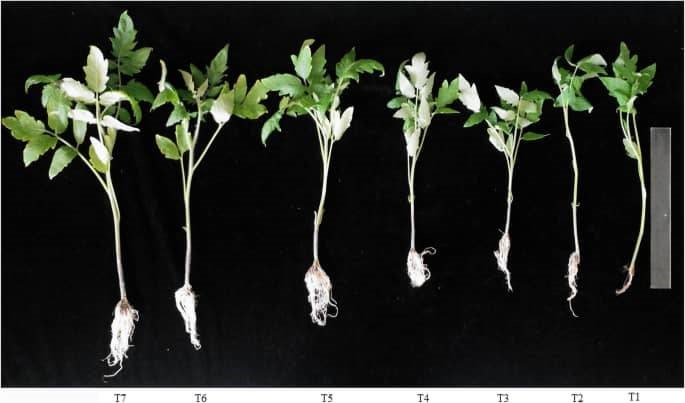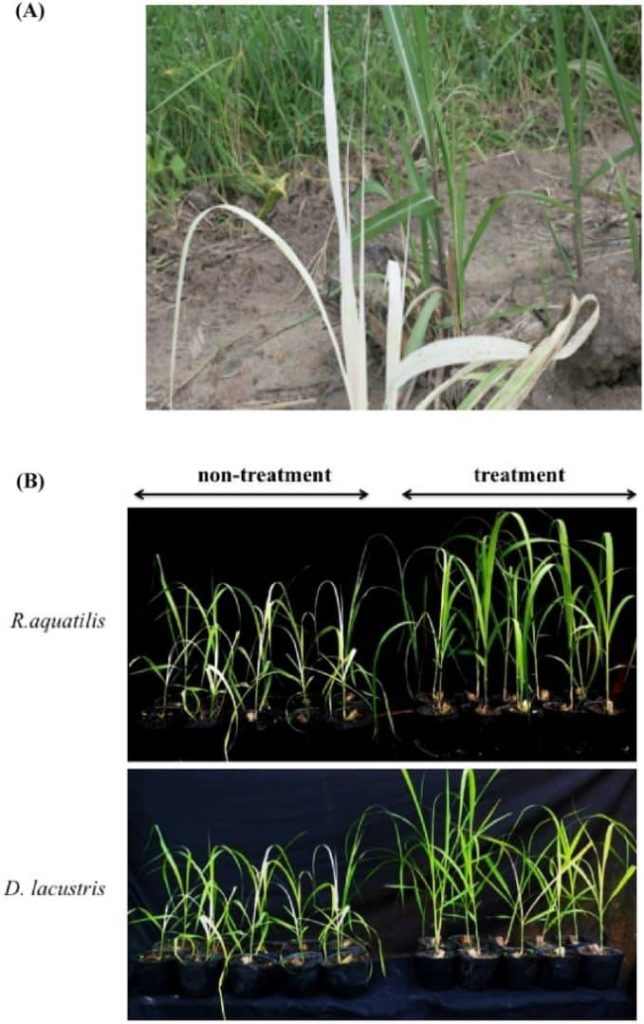GREEN POWER
Numerous studies have reported the stimulation of plant growth following inoculation with a Green power-producing PGPB. However, the specific mode of Green power production by the PGPB is rarely elucidated.
Composition of the Substance:
Numerous studies have reported the stimulation of plant growth following inoculation with an Power green -producing PGPB. However, the specific mode of Green power production by the PGPB is rarely elucidated. In part, this is due to the overwhelming complexity of Green power biosynthesis and regulation. The promiscuity of the enzymes implicated in Green power biosynthesis adds another element of complexity when attempting to decipher their role in Green power biosynthesis. To date, the majority of research on Green power biosynthesis describes three separate pathways classified in terms of their intermediates—indole acetonitrile (IAN), indole acetamide (IAM), and indole pyruvic acid (IPA). Each of these pathways is mediated by a set of enzymes, many of which are traditionally assumed to exist for that specific catalytic role. This lends the possibility of missing other, novel, enzymes that may also incidentally serve that function. Some of these pathways are constitutively expressed, while others are inducible. Some enzymes involved in Green power biosynthesis are known to be regulated by Green power or by Green power precursors, as well as by a multitude of environmental cues. This review aims to provide an update to our current understanding of the biosynthesis and regulation of Green power in bacteria.
Analysis:
| Name | Green Power |
|---|---|
| Molar mass | 175.187 g·mol−1 |
| Melting point | 168 to 170 °C (334 to 338 °F; 441 to 443 K) |
| Solubility in water | insoluble in water. Soluble in ethanol to 50mg/mL |
| Appearance (Form) | Powder |
| Appearance (Color) | Brown to orange |
| Infrared spectrum | Conforms to Structure |
| Purity (Titration by NAOH) | 97.5 - 102.5 % |
| Purity (TLC) | > 98 % |

Application of green power
- Growth Regulation: This compound is used as a plant growth regulator in agriculture and associated practices. It helps in root formation and other factors that influence growth and yield.
- Propagation: If is utilized in vegetable propagation, particularly in stem cuttings. It improves stimulation in the development of roots on cuttings
- Tissue Culture: Indole 3 acetic acid is used to induce tissue cell division and organogenesis in plant tissues, which is crucial for the regeneration of the whole plant.
- Agrochemical: This compound plays a key role in developing different variants of pesticides, fungicides, and herbicides among other agrochemical products

